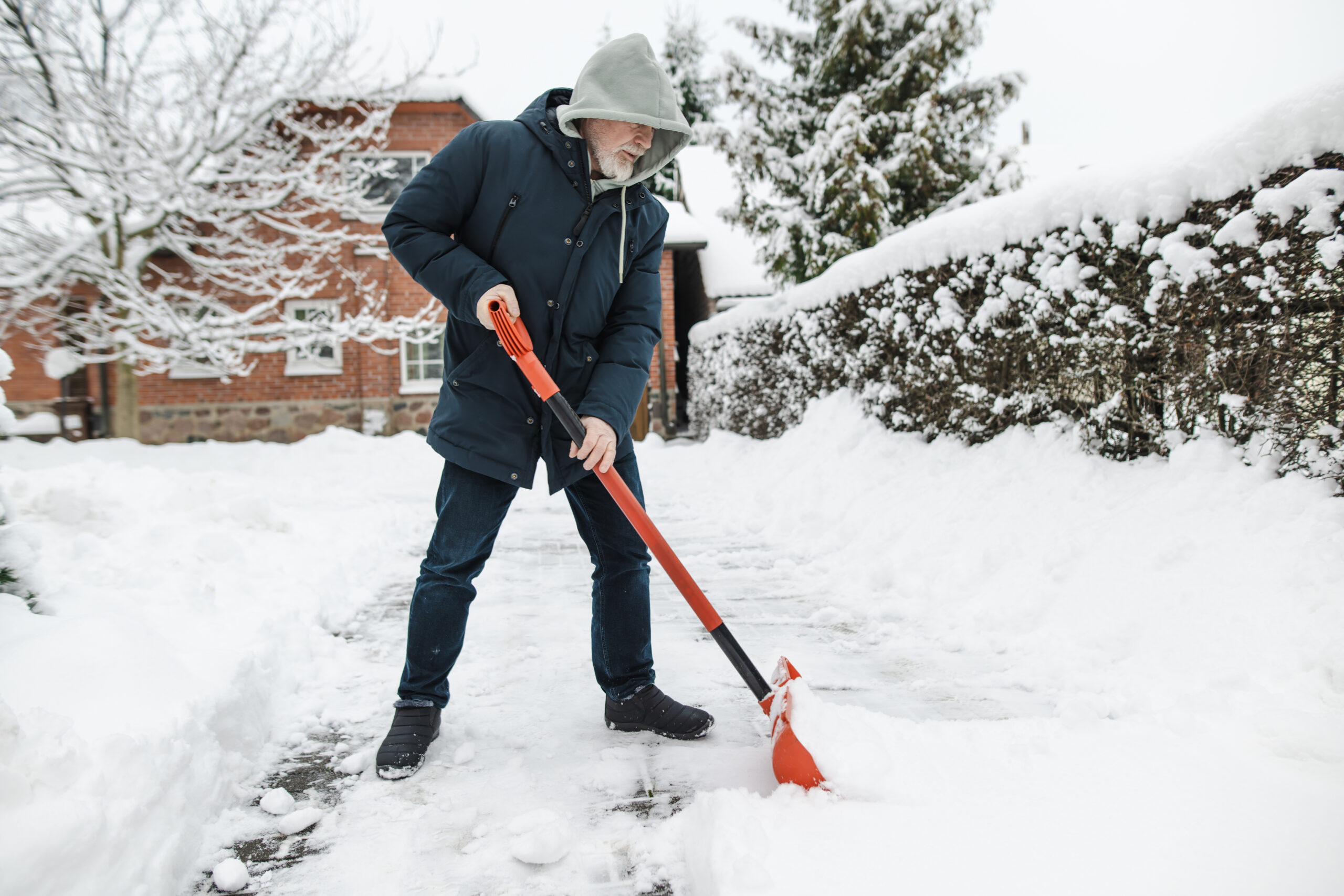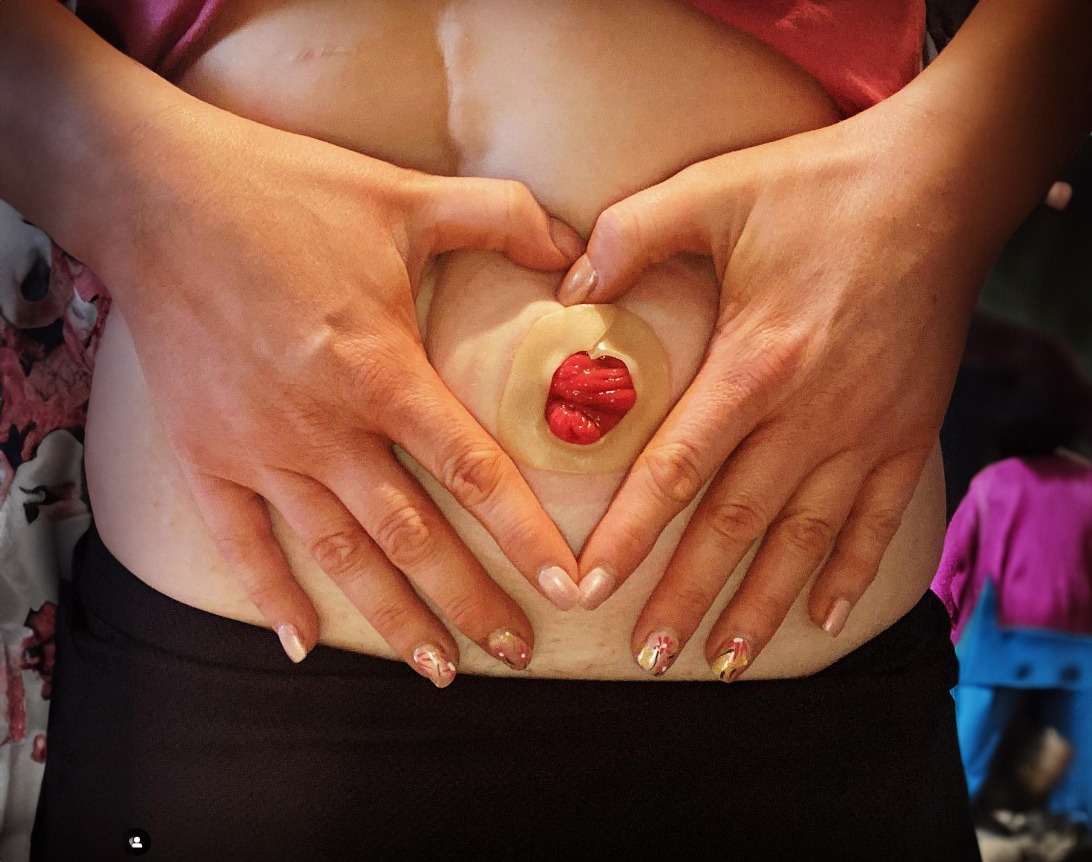
I had symptoms of IBD from the age of 13. My symptoms were abdominal pain, mouth ulcers, weight loss, irritated eyes, loss of appetite, fatigue, passing blood and running to the toilet around 20 times a day. I went misdiagnosed for many years before my first hospital admission in June 2019 when I was diagnosed with Crohns and had to take around 30 tablets per day.
I was admitted to hospital again in June 2022 with a flare up and then diagnosed with Ulcerative Colitis. Oral medication had stopped working for me and I started infusions which kept my disease under control until November 2022 when I was admitted with my worst flare up to date. I had been in hospital for a week and was certain I would try a new infusion or start injections. I had a colonoscopy test and my consultant informed me that surgery was my only option, and if I didn’t undergo emergency surgery the following day, I may not survive the weekend. This news was a huge shock, everything happened so quickly and before I knew it I had my ileostomy and was somewhat pain free (or at least it felt this way due to the pain relief).
I was extremely lucky to be friendly with a few people on social media who had stoma bags. The first thing I did was reach out to them and seek help and advice, and I’m so grateful that I did.
 Adapting to life with a stoma bag has been a rollercoaster of emotions but I’m slowly starting to learn to love my body again. Through sharing my story and being open about my disease I’ve met so many amazing people, and I can now say that I’m beyond excited about becoming an ambassador for Eakin.
Adapting to life with a stoma bag has been a rollercoaster of emotions but I’m slowly starting to learn to love my body again. Through sharing my story and being open about my disease I’ve met so many amazing people, and I can now say that I’m beyond excited about becoming an ambassador for Eakin.
My stoma has given me my life back. I can socialise with friends, go to events, exercise and eat and drink without worrying about where the nearest toilet is. I appreciate my health more and more each day.
I’m lucky that I’ve only ever had a few minor problems with leaks shortly after my ileostomy surgery. I use respond and they deliver products to my door. I found products that worked well for me straight away, such as eakin freeseals and refresh 3-in-1.

I would advise anyone undergoing a similar journey to practice gratitude and self-love, be kind to yourself and your body. I think it’s SO important to raise awareness for IBD and stoma bags, to normalise the disease and allow others to realise they’re not alone and they don’t have to face the struggles and challenges feeling isolated or overwhelmed.
We’re all in this journey together and we need to keep fighting for the better days ahead.
Ayesha

 US
US 

 The neonatal ambulance swiftly transferred me to Alder Hey Children’s Hospital, by the time I arrived my bowel was gangrenous and had multiple perforations. I was diagnosed with Necrotising Enterocolitis (NEC), a devastating and often fatal disease that causes the gut to become inflamed and necrotic in newborn babies. I required emergency surgery to create an ileostomy which saved my life leaving me with Short Bowel Syndrome as such a significant portion of my bowel had died. A further nine surgeries followed, stoma revisions and central line sites. I also had a gastrostomy (also known as MICKEY button) placed and was fed by Total Parenteral Nutrition (TPN) for five years as my body had difficulty absorbing nutrients.
The neonatal ambulance swiftly transferred me to Alder Hey Children’s Hospital, by the time I arrived my bowel was gangrenous and had multiple perforations. I was diagnosed with Necrotising Enterocolitis (NEC), a devastating and often fatal disease that causes the gut to become inflamed and necrotic in newborn babies. I required emergency surgery to create an ileostomy which saved my life leaving me with Short Bowel Syndrome as such a significant portion of my bowel had died. A further nine surgeries followed, stoma revisions and central line sites. I also had a gastrostomy (also known as MICKEY button) placed and was fed by Total Parenteral Nutrition (TPN) for five years as my body had difficulty absorbing nutrients. 

 It was 2008 when I suffered a perforated appendix, pain I had never experienced before, and an infection that took 16 weeks to clear up. Sometime after the operation, I continued to suffer from abdominal pain and after eating I would need to rush off to the toilet. I remember thinking could it be food poisoning but little did I know at that point the journey I would go on. After a stay in hospital and numerous tests I had the dreaded barium scan. The drink took a long time to get down, but I knew it was important.
It was 2008 when I suffered a perforated appendix, pain I had never experienced before, and an infection that took 16 weeks to clear up. Sometime after the operation, I continued to suffer from abdominal pain and after eating I would need to rush off to the toilet. I remember thinking could it be food poisoning but little did I know at that point the journey I would go on. After a stay in hospital and numerous tests I had the dreaded barium scan. The drink took a long time to get down, but I knew it was important. Fast forward 16 years and I have a stoma which I have had around 8 years and in July 2023 the completion of the proctocolectomy, or Kendoll bum or widely known as the Barbie butt. In total I have had 9 operations, from resections to full removal of large bowel and formation of my stoma. My stoma does not have a name, never really looked at it in that way although I do talk to it on a daily basis, telling it to keep its voice down. It always seems to find it funny to make itself heard at the most inappropriate and quiet times.
Fast forward 16 years and I have a stoma which I have had around 8 years and in July 2023 the completion of the proctocolectomy, or Kendoll bum or widely known as the Barbie butt. In total I have had 9 operations, from resections to full removal of large bowel and formation of my stoma. My stoma does not have a name, never really looked at it in that way although I do talk to it on a daily basis, telling it to keep its voice down. It always seems to find it funny to make itself heard at the most inappropriate and quiet times.





